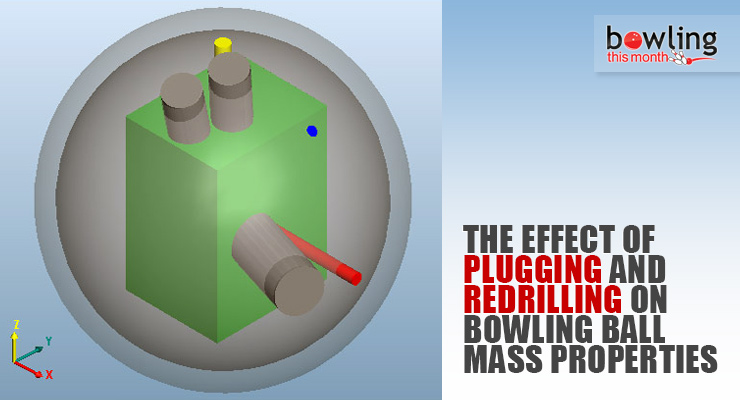It’s probably fair to say that nearly all of us have owned a plugged bowling ball at some point in our bowling careers. Maybe we got a ball from a friend and had it plugged and redrilled to fit our hand. Maybe we took one of our own balls and plugged it so we could experiment with a different layout. Or, maybe we just needed to have a ball plugged to repair a cracked bridge. The reasons a ball might end up plugged are quite varied, but the bottom line is that plugged and redrilled bowling balls are extremely common. In fact, it isn’t at all unusual to look at a rack of bowling balls during a typical league or tournament and see more plugged balls than non-plugged balls!
Thanks in part to the conveniences of the internet, the used bowling ball market alone is probably responsible for hundreds of thousands of plug jobs per year. Between eBay, Craigslist, Facebook, and all of the various bowling ball forums and websites, bowlers today have dozens of channels at their disposal for buying and selling used equipment without even leaving the comforts of their homes! The thing that most of these used bowling balls have in common is that they all typically end up plugged, sometimes multiple times over.
The large number of plugged bowling balls in play today actually creates a bit of an interesting situation: our bowling balls, which are all carefully designed, tested, certified, and manufactured to very precise technical specifications, are often in an altered state for most of their lives due to the presence of ball plug inside of them. Is this a big deal? Are we ruining a ball when we plug and redrill it?
This article will attempt to answer this basic question: how are we affecting the mass properties of our bowling balls when we plug and redrill them? This will be done by using 3D computer modeling software to calculate the mass properties of hypothetical bowling balls that have undergone hypothetical plugging(s) and redrilling(s). We’ll start by studying a handful of typical scenarios and then we’ll close by offering some additional tips and considerations for purchasers of used bowling equipment. Before we get too far, let’s begin with a brief overview of where we’re headed.
Methodology overview
The tool we’ll use to model and simulate the effect of plugging and redrilling is a special development version ...
This article is only available to Bowling This Month subscribers. Click below to get instant access to this article and all of our other premium instructional content.
Subscribe to Bowling This Month
Already a Bowling This Month subscriber? Click here to log in.
